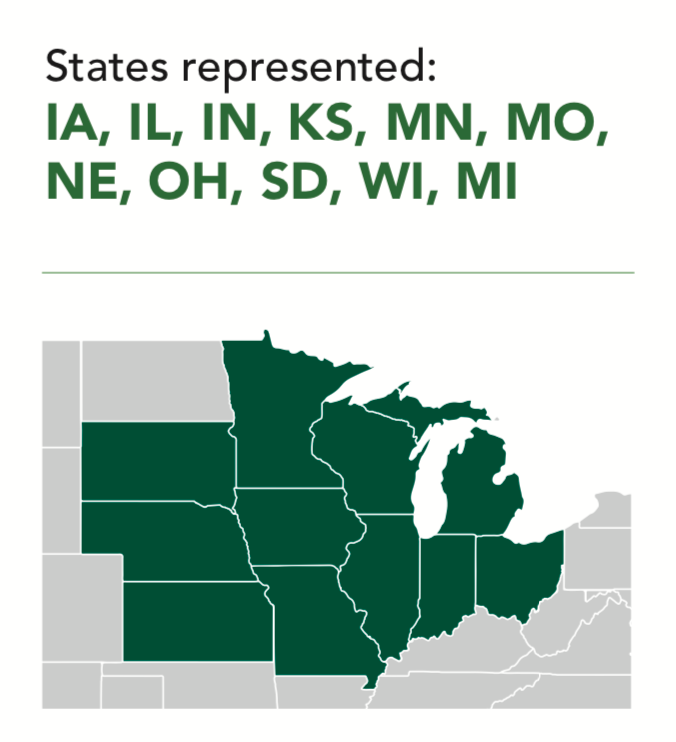July 16, 2020

Farmers are using diverse strategies to plant cover crops and a variety of plant species to accomplish their soil health goals, according to the Soil Health Partnership's Cover Crop Planting Report.

The detailed survey on cover crops was conducted by the Soil Health Partnership with more than 80 farmers across 11 states about cover crop usage on their trial sites in the fall of 2019.

“We know farmers in our network are innovators, and that there is a huge range of cover crop management practices across our network depending on the farmer’s management goals, where they are located, their soils, and cropping systems,” said Dr. Maria Bowman, Lead scientist for the Soil Health Partnership.
Bowman says the most significant finding was that although more than half of farmers planted their cover crops between the middle of September and the beginning of November, almost 40% planted before or after these dates. In addition, 25% of farmers responding to the survey interseeded or overseeded the cover crop into a standing cash crop.
“This means that farmers are using a wide range of strategies to get cover crops out on their fields, especially in higher latitudes where there are timing and labor constraints to getting a cover crop in after harvest,” said Bowman.

The most widely planted cover crop species was cereal rye. Of the farmers who planted a single species, 80% planted cereal rye, and it was also present in 50% of cover crop mixes.
“Cereal rye is popular because it produces a large amount of biomass, which can keep soil in place, scavenge residual nitrogen, or provide weed-suppressing residue depending on the cover crop goals,” said Jim Isermann, SHP Field Manager in Illinois and Wisconsin. “It also is winter hardy, allowing for a wide planting window, relatively easy to chemically terminate, and seed is rather cheap.”
Fifty-three percent of farmers reported planting a cover crop mix of two or more species. The five most popular species in mixes included in order: cereal rye, oats, rapeseed, radish and clover.

When it comes to cost, the median cost of cover crop seed was $15 per acre and to apply it was $12 per acre. Those costs vary according to the mix and seeding method used.

Additional data are being collected this year to see how the cover crops developed and the impact on agronomic outcomes for the 2020 cash crop.
Source: Soil Health Partnership, which is solely responsible for the information provided and is wholly owned by the source. Informa Business Media and all its subsidiaries are not responsible for any of the content contained in this information asset.
You May Also Like




